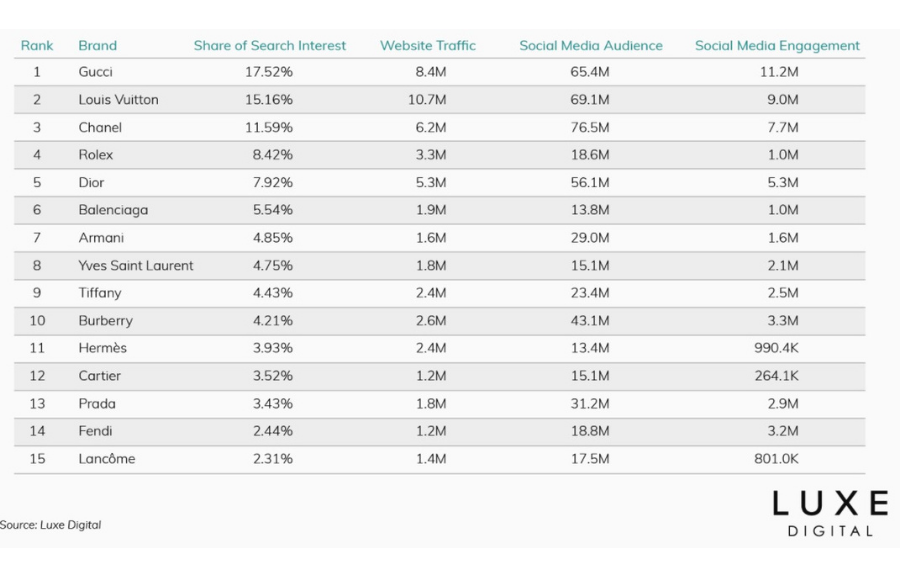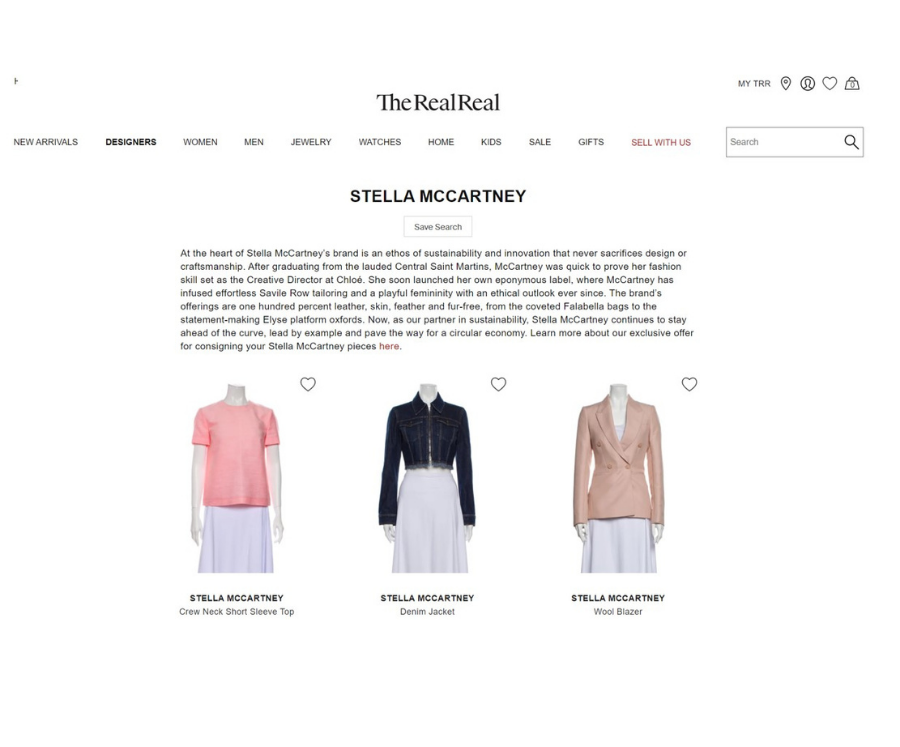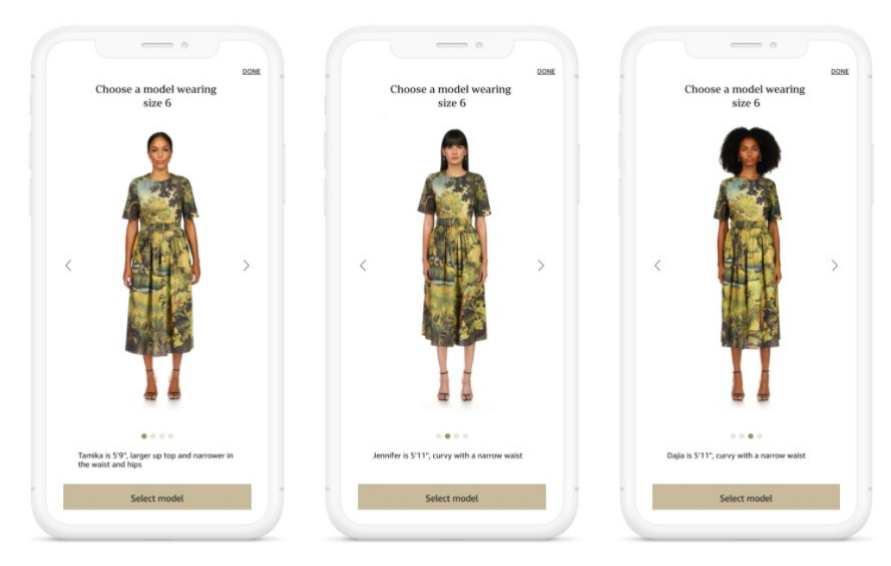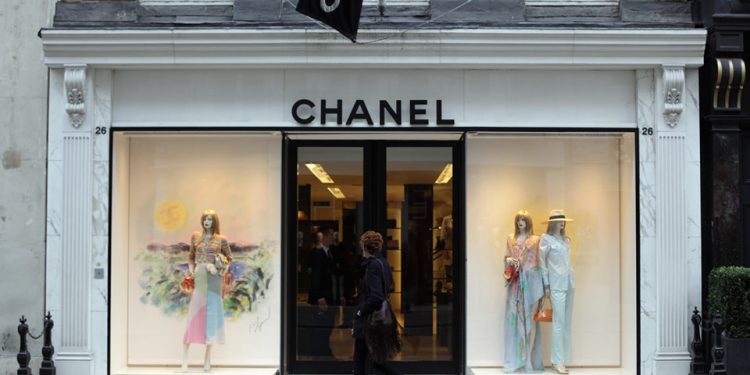Fill Me In
As the pandemic continues to wreak havoc globally, many countries are still experiencing the repercussions. Some of the hardest hit sectors include the aviation and retail industries, which face a sharp drop in consumers’ demand.
The vast impact the pandemic brought has claimed some victims, including fashion retailers such as Gap and H&M. Both brands have announced that they will be closing hundreds of their retail stores.
In contrast, luxury brands seem to be weathering through the pandemic storm relatively well.
Luxury brands less affected than commercial brands
Though this industry has also been experiencing losses, the impact isn’t quite as significant as compared to mass market brands.
According to Channel NewsAsia, brands such as Gucci, Louis Vuitton, and Hermes have raised their prices by a few percentage points over last year. Similarly in May this year, Chanel also increased the prices of their handbags and other small leather goods worldwide by between 5 per cent and 17 per cent, based on AsiaOne’s report. It was the second time this year whereby the fashion giant raised its prices.
Why is it that high end brands are still able to sustain their businesses despite the lackluster economy? Before we deep dive into that, let’s take a look at the overall industry first.
A highly lucrative industry with high demand from Chinese shoppers
According to Statista, the global luxury goods market is worth US$285.1 billion in 2020. It’s projected to grow by 36 per cent to US$388 billion in 2025.
The forecasted increase will come from Asia, with China occupying the largest market share, followed by Europe, North America, South America, Middle East and Africa. The vastly lucrative industry is dominated by big brands such as Gucci, Louis Vuitton and Chanel.
Here’s a look at the top 15 most popular luxury brands online in 2020, based on a survey by Luxe Digital:

Powerhouses such as Dior, Balenciaga and Armani are among the top 10 brands which are most highly searched online. They also garner millions of followers on social media.
Having control over the full business spectrum
Now that we have a macro view of the industry, let’s take a look at the reasons why these brands still manage to stay afloat during these tough times.
Companies such as LVMH and Kering own the sources of their raw materials. Known as vertical integration, not only does this process allow brands to have full control over their supply chains, it also helps them to set their own prices in all aspects of the business.
From raw materials to retail selling price, brands have full control of the entire spectrum. As such, luxury brands can place a high mark up on their products, and still be able to get them sold. Price mark-ups is done to protect businesses’ margins. It is also to ensure that the companies’ losses brought about by the pandemic can be cushioned.
Partnerships with secondhand retail sites
The shift in consumers’ buying patterns during the pandemic didn’t go unnoticed by luxury brands. Younger consumers are now viewing luxury items as investment pieces which can be bought and sold for profit. They turn to secondhand retail sites to purchase their branded items at a lower price.
According to CNBC, luxury apparel and accessories consignment grew to a $24 billion market before COVID-19 surfaced. It has been projected to reach $51 billion by 2023. The sharp rise is largely attributed by millennials and Generation Z.
With many countries such as US and Europe experiencing lockdowns, consumers’ are looking to sell their branded goods online to earn some extra cash.
For brand owners, secondhand retailers serve as an opportunity for them to engage in environmentally sustainable practices. Burberry and Stella McCartney had already jumped on the bandwagon to form partnerships with The RealReal several years back.

In October 2020, Gucci announced that it will be the latest brand to collaborate with the secondhand retail store. The online shop features pre-owned Gucci items which were either sourced directly from Gucci or from its own consignors.
According to The RealReal, the consignment of Gucci’s clothing on its platform has already ‘saved’ 230 metric tons of carbon and more than 10 million litres of water, in comparison to the environmental costs of manufacturing those items for the first time.
Store-in-store concept with Amazon’s Luxury Stores
Many departmental stores have folded due to low footfall during the pandemic. Luxury brands which depended on these stores to sell their products are now seeking partnerships with e-commerce giants to reach out to consumers.
In September 2020, Amazon announced the launch of Luxury Stores, showcasing Oscar de la Renta’s Pre-Fall and Fall-Winter 2020 collections. Available in the Amazon app by invitation only, it is the brand’s first foray into the luxury segment. The app contains a tool which allows shoppers to see certain garments in 360-degree detail.

According to Vogue, brands in Luxury Stores are able to determine their product assortments and pricing. The launch has opened up possibilities for luxury brands to strengthen their presence in the digital world.
High-end fashion powerhouses have weathered through many tough storms, thinking out of the box to sustain their viability throughout many decades. It is with hope that this time round, they too will emerge stronger when the pandemic ends.
Join the conversations on THG’s Facebook and Instagram, and get the latest updates via Telegram.














